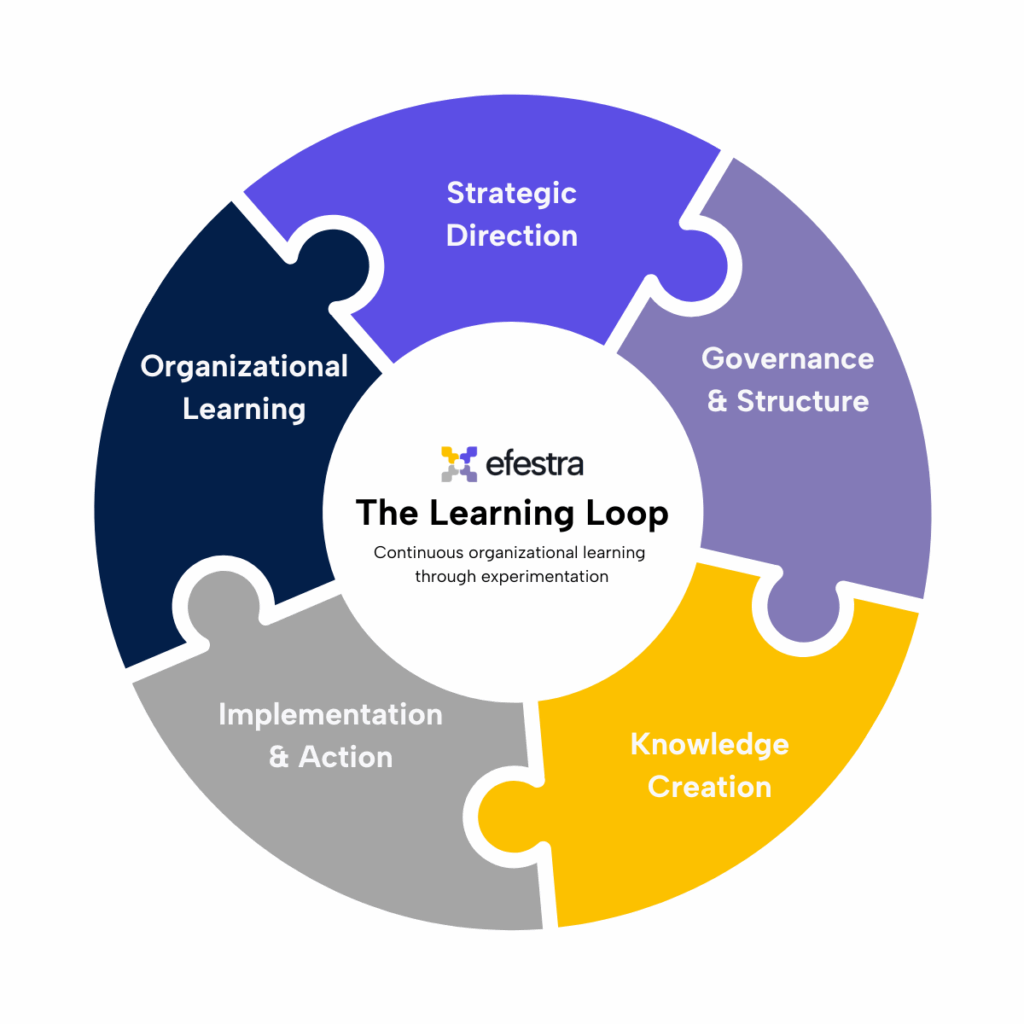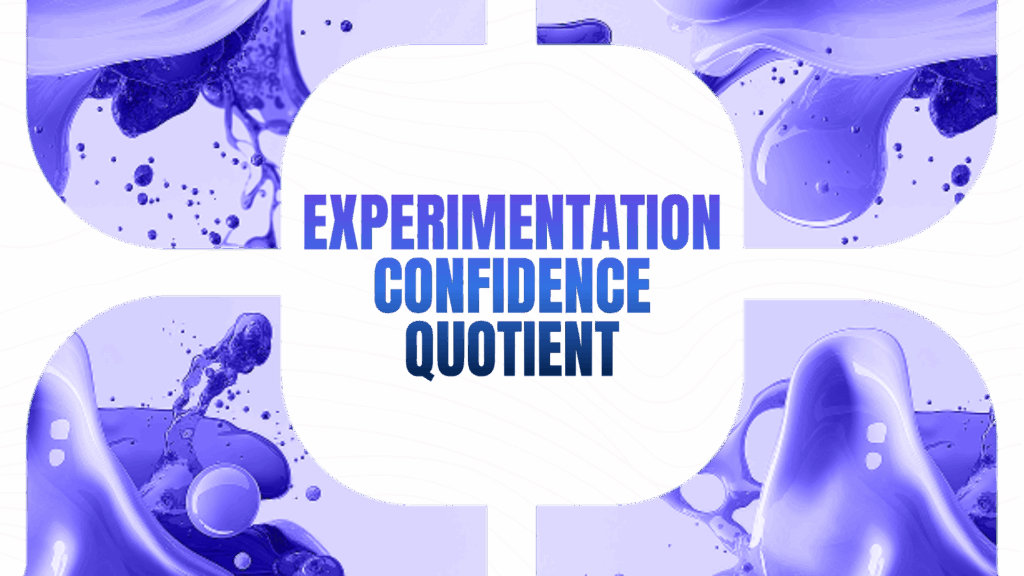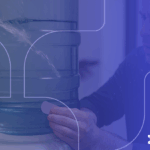
Why the loudest voices in experimentation are leading you astray—and what true maturity actually looks like
When you think of an organization with mature experimentation practices, what comes to mind? If you’re like most executives, you probably picture teams running hundreds of tests, impressive-looking dashboards full of metrics, and maybe a company that just won an award for “experimentation culture”.
You’d be wrong.
After working with hundreds of organizations across nearly a decade, we’ve discovered that the most celebrated markers of experimentation “maturity” are often symptoms of the exact opposite: programs that are impressive on the surface but fundamentally broken underneath. These organizations create the illusion of sophistication while failing at the core purpose of experimentation—improving business decisions.
Let’s debunk the myths that the industry has been selling you.
Myth #1: Maturity Means Having the Biggest Team
The Industry Narrative: “Look at Netflix—they have hundreds of data scientists! That’s what real experimentation looks like.”
The Reality: We’ve worked with an e-commerce company that ran over 200 experiments annually with a team of 15+ specialists. When we conducted our Experimentation Confidence Quotient (ECQ) audit, we discovered that only 15% of their product decisions were actually guided by reliable experimentation data. The rest was “informed guesswork wearing a lab coat,” as their CPO put it.
Meanwhile, a 50-person fintech startup with just two part-time experimentation practitioners had a higher ECQ score because every test was strategically aligned, properly governed, and systematically implemented.
What Actually Matters: Decision quality per experiment, not experiments per team member. A mature organization optimizes for insight impact, not headcount.
Myth #2: Maturity Means Fastest Velocity
The Industry Narrative: “Mature organizations run tests faster and at greater scale. Velocity is everything.”
The Reality: Speero’s benchmark emphasizes execution capabilities and test velocity as primary maturity indicators. But this creates what we call “The Velocity Trap”—organizations measuring success by test volume rather than decision quality. Teams focus on running more tests instead of running better ones.
Consider this: Would you rather run 100 tests that gather dust in a knowledge repository, or 20 tests that fundamentally change how you price your product, design your customer experience, or allocate your marketing budget?
What Actually Matters: The percentage of experiments that influence strategic business decisions. Mature organizations have a high experiment-to-action conversion rate, not just high experimental output.
Myth #3: Maturity Means Building Fancy Tools
The Industry Narrative: “You need sophisticated infrastructure—automated rollbacks, self-service platforms, embedded statistical rigor—just like the tech giants who have built their own impressive tech stacks in house.”
The Reality: Most organizations following this playbook end up with what we call “The Frankenstack“—a hodgepodge of disconnected tools (Jira for tracking, Airtable for documentation, Notion for knowledge sharing, Google Docs for reports) held together with duct tape and good intentions.
Harvard Business Review recently published an article advocating for this exact approach. The problem? It creates the illusion of process while preventing true governance. It also diverts attention of the organizations with smaller resources to vanity projects like building their own testing platform.
You don’t need Netflix’s engineering resources to make better business decisions.
What Actually Matters: A unified system that connects experimentation to strategic decision-making. The sophistication should be in the governance framework, not just the technical implementation. (hint: Check out Efestra. We do just that)
Myth #4: Maturity Means Conference Fame and Industry Awards
The Industry Narrative: “If they’re speaking at every conference and winning innovation awards, they must be doing experimentation right.”
The Reality: The loudest voices in experimentation are often consultants and tool vendors whose business models depend on perpetuating complexity. They promote approaches that create dependency rather than capability.
Their business model benefits from continued complexity—they help manage the chaos but have no incentive to eliminate it.
What Actually Matters: Organizations that quietly achieve extraordinary business outcomes through disciplined experimentation governance. They’re too busy creating value to spend time on conference circuits.
Myth #5: Maturity Means Everyone Can Run Their Own Tests
The Industry Narrative: “Give everyone the ability to run experiments. Democratize testing across the organization.”
The Reality: Giving everyone the ability to run their own tests is great on paper but self-service without governance is organizational chaos. We’ve seen “democratized” experimentation programs that create:
- Siloed learning where marketing optimizes click-through rates while unknowingly degrading the user experience that product is trying to enhance
- Leadership blindness where executives see activity dashboards showing hundreds of tests but have zero visibility into which experiments actually influence strategic decisions
- Quality degradation where teams run poorly designed experiments with no peer review or methodological standards
What Actually Matters: Democratized access combined with centralized governance. Everyone can propose and run experiments, but within a framework that ensures quality, prevents conflicts, and preserves institutional knowledge.
What True Experimentation Maturity Actually Looks Like
After conducting ECQ audits across hundreds of organizations, we’ve identified the characteristics that separate truly mature experimentation programs from their impressive-looking but fundamentally broken counterparts:
1. Governance Over Volume
Mature organizations don’t measure success by tests run—they measure success by decisions improved. They have clear frameworks for:
- Connecting every experiment to strategic business objectives
- Ensuring methodological rigor without constraining innovation
- Systematically translating insights into business actions
- Preserving institutional knowledge across personnel changes
2. Executive Confidence, Not Just Practitioner Activity
The ultimate measure of experimentation maturity is leadership confidence in acting on experimental results. Mature programs create executive dashboards showing:
- How experiments influence business outcomes, not just activity metrics
- Decision confidence scores and implementation success rates
- Strategic alignment between experimentation and corporate objectives
- ROI of the experimentation program itself
3. The Complete Learning Loop
Instead of isolated experiments that generate insights for knowledge repositories, mature organizations implement what we call the Complete Learning Loop:

Strategic Direction → Governed Experimentation → Reliable Insights → Systematic Implementation → Organizational Learning
Each stage is measured, managed, and optimized for business impact.
4. Trust Gap Closure
Mature organizations systematically close “The Trust Gap”—the critical disconnect between promising test results and actual business outcomes when implemented at scale.
They track:
- The difference between predicted and actual impact of implemented experiments
- Leadership confidence in experimental results
- Implementation success rates across different experiment types
- Business case realization from experimentation investments
5. Cross-Functional Insight Reuse
Rather than siloed experiments that benefit individual teams, mature programs create systematic approaches for:
- Surfacing relevant past learnings when teams face new decisions
- Preventing contradictory experiments across departments
- Building institutional intelligence that survives team changes
- Connecting tactical insights to strategic implications
The Path Forward: Moving Beyond Industry Myths
If your organization has been seduced by any of these maturity myths, you’re not alone. The experimentation industry has been remarkably effective at promoting solutions that benefit vendors and consultants rather than the organizations they claim to serve.
True experimentation maturity isn’t about copying Netflix or Booking.com or {{insert big tech company name here}}.
It’s about building institutional capabilities that systematically improve decision quality across your organization.
This requires moving beyond the tactical (“How do we run more tests?”) to the strategic (“How do we ensure experimentation improves our most important business decisions?”).
The good news? You don’t need armies of data scientists, sophisticated engineering infrastructure, or conference-speaking specialists to achieve true experimentation maturity. You need governance frameworks that connect testing to decision-making, measurement systems that track decision quality rather than just activity, and organizational structures that preserve and leverage institutional learning.
The organizations that figure this out first won’t be the loudest voices in the industry. They’ll be too busy using experimentation to build sustainable competitive advantages.
Ready to assess your organization’s true experimentation maturity?

Our Experimentation Confidence Quotient (ECQ) audit measures what actually matters: how well your experimentation program improves strategic business decisions.
Because the goal isn’t to run more experiments—it’s to make better decisions.




